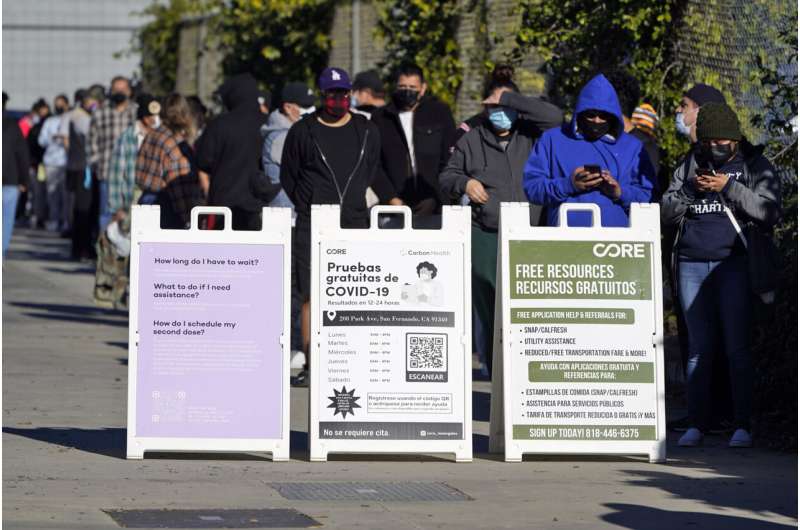
California’s indoor mask mandate was extended into mid-February to help prevent the astonishing spike in coronavirus cases from overwhelming hospitals but the state’s health director said Wednesday additional restrictions are not being considered.
The fast-spreading omicron variant of COVID-19 is sidelining exposed or infected health care workers, leading to hospital staffing shortages that could become a bigger problem.
“We are and continue to be concerned about our hospitals,” said Health and Human Services Secretary Dr. Mark Ghaly. “Some facilities are going to be strapped.”
California’s confirmed cases have shot up nearly 500% in the last two weeks and hospitalizations have doubled since Christmas to more than 8,000. State models forecast hospitalizations could top 20,000 by early next month, a level nearly as high as last January, when California experienced its deadliest surge.
California had the lowest per-capita case rate in the U.S. in September, but like the rest of the country it’s now experiencing a dramatic rise from the new variant. It now ranks 29th in new cases per capita over the past two weeks.
Public Health officials across the state advised residents to avoid visiting emergency rooms for COVID-19 tests or treatment that could be handled by a family doctor, telemedicine or at urgent care clinics. California had the lowest per-capita case rate in the U.S. in September, but like the rest of the country it’s now experiencing a dramatic rise from the new variant.

In Fresno County, more than 300 workers at area hospitals were out recovering from COVID-19 or isolating because of exposure to the virus, said Dan Lynch, the county’s emergency medical services director. Ambulance personnel will likely be asked to assess patients and only transport people with true emergencies to ER departments.
Dr. Rais Vohra, Fresno County’s interim health officer, said staff are battle hardened and accustomed to stretching resources.
“But this surge threatens even that very fragile balance that’s being struck at our hospitals,” he said.
The Los Angeles County Fire Department is driving patients to hospitals in fire trucks rather than ambulances because 450 firefighters are absent after testing positive, acting Assistant Chief Brian Bennett told the Carson City Council on Tuesday, according the Los Angeles Daily News.

The Grammy Awards, scheduled for Jan. 31 in Los Angeles, were postponed indefinitely Wednesday because of health and safety concerns and the NFL said it was looking into alternative sites for next month’s Super Bowl scheduled in LA.
While the league finds back-up venues every year, it could come into play if there are attendance restrictions.
Ghaly encouraged unvaccinated people to get inoculated and others to get booster shots if they haven’t already received one to either prevent or lessen the impact of an infection. He said the vaccines and therapeutics to treat COVID-19 are all part of an approach largely absent a year ago and there is no discussion of further restrictions.
Los Angeles said it would begin requiring employers to equip workers in close quarters indoors with medical grade masks by Jan. 17.
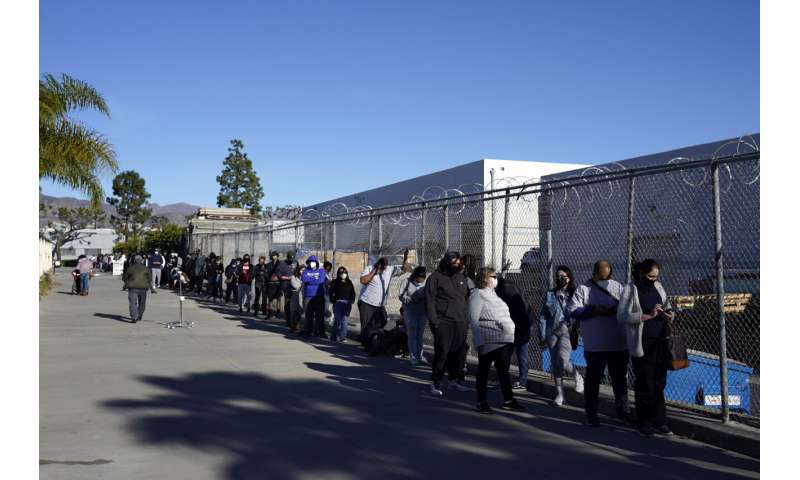
As the number of COVID-19 cases surges in California, Gov. Gavin Newsom and state officials are facing criticism for failing to deliver on a promise to provide rapid, at-home tests to all California students and school staff before classrooms reopened after the winter break.
Millions of test kits were sent to families before and during winter break but millions more were not—raising concerns about public school safety now that the state’s 6 million K-12 students are returning to classrooms amid soaring rates of COVID-19 cases.
Ghaly defended the state’s efforts saying that by Wednesday some 6.2 million tests had been delivered to county offices of education, with more tests going out this week, despite of a variety of logistical challenges and delays caused in part by winter storms. The delivery of tests was plagued in particular by bad weather in Southern California, Ghaly said, “where we lost hundreds of thousands, even millions, of tests due to rain.” He did not elaborate.
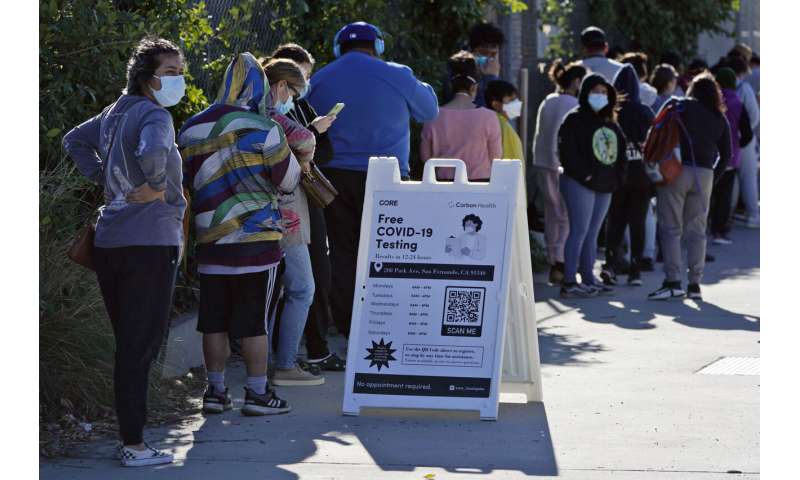
It remained unclear when the tests delivered most recently to county offices would reach school districts and then be distributed to cover all of California’s 6 million K-12 public school students and the teachers and staff at California’s 10,000 schools.
A few days before Christmas, Newsom announced a plan to furnish all schools with enough rapid test kits to ensure students and staff could safely return to campuses “knowing that they have not contracted the disease over the holidays,” Newsom said at the time.
About half of those test kits were delivered to local governments and school districts last week. Others never arrived, California schools chief Tony Thurmond told reporters on Wednesday.
Thurman called the delay “disappointing.”
“We have 10,000 schools in the state so it’s a daunting task, but we’ve got to find ways to make it happen in a more accelerated way,” he said.
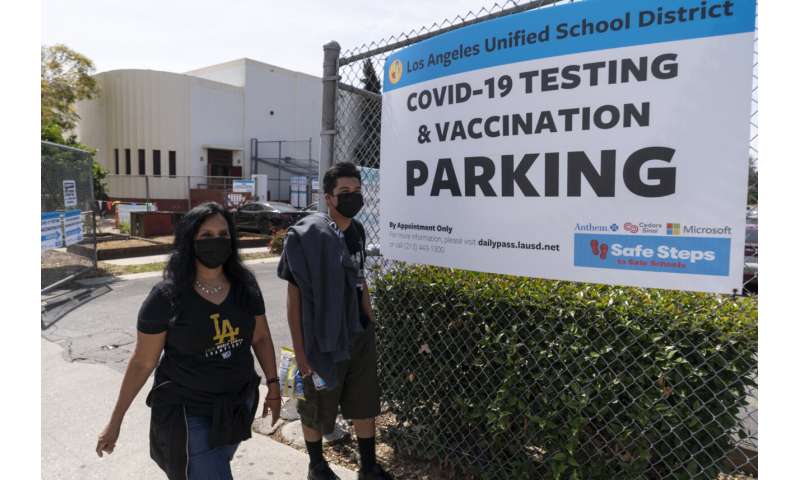
In an editorial published Tuesday, the Los Angeles Times asked: Where are all the COVID-19 tests that Newsom promised for K-12 schools?
“Too many California kids went back to school this week without knowing whether they’re spreading the highly contagious Omicron variant,” the editorial said.
In schools that did get the tests, the results have helped prevent many coronavirus-carrying students and staff from entering campuses.
The Oakland Unified School District said Tuesday that more than 900 students and staff tested positive before the start of school Monday and were staying at home.
About half the cases were detected by testing at school sites during the holidays and the other half from rapid at-home tests that had been distributed to students before and during the break.
Sacramento City Unified School District reported that more than 500 students and staff were quarantined after testing positive for COVID-19. The district said it received about 38,000 test kits in December from the Department of Public Health, which was not enough to cover its 40,000 students and thousands more teachers and staff.
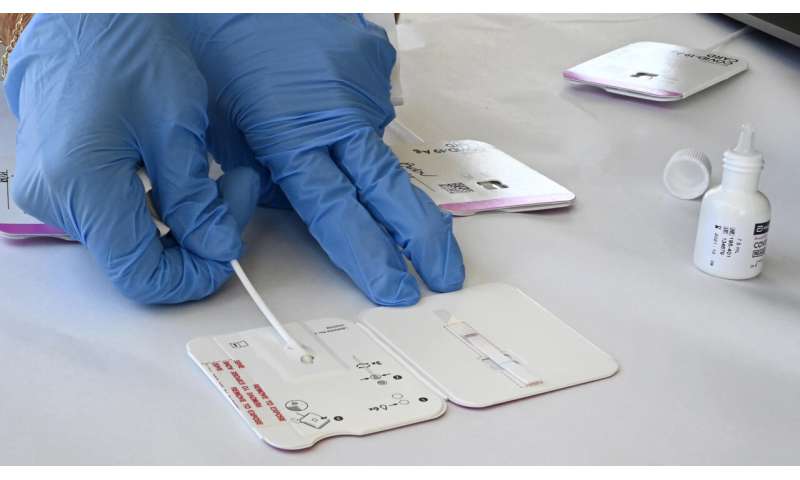

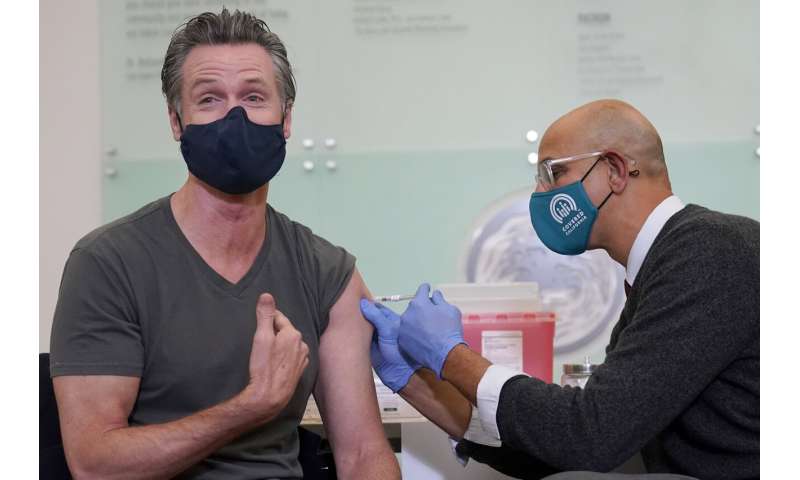
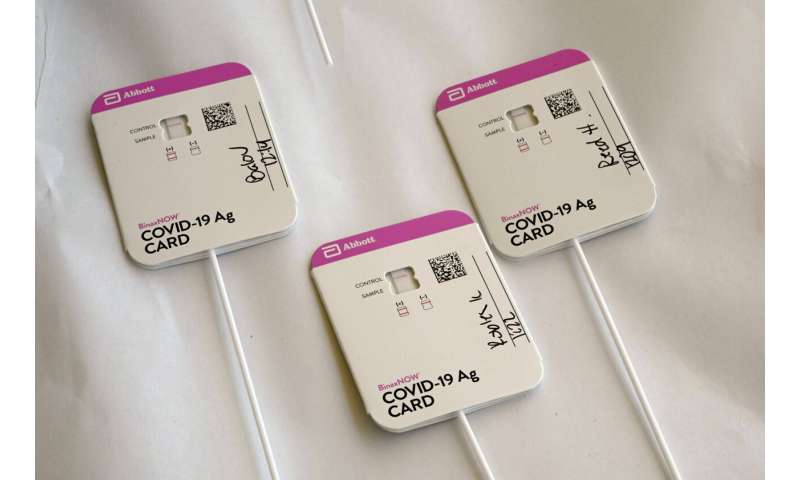
“Unfortunately the district did not receive enough kits for all students as we had expected, therefore distribution was focused on ensuring that younger populations ineligible to receive the vaccine were prioritized,” the district said in a statement.
In San Francisco, 406 of about 3,600 teachers were absent for a second day Tuesday after classrooms reopened.
Source: Read Full Article